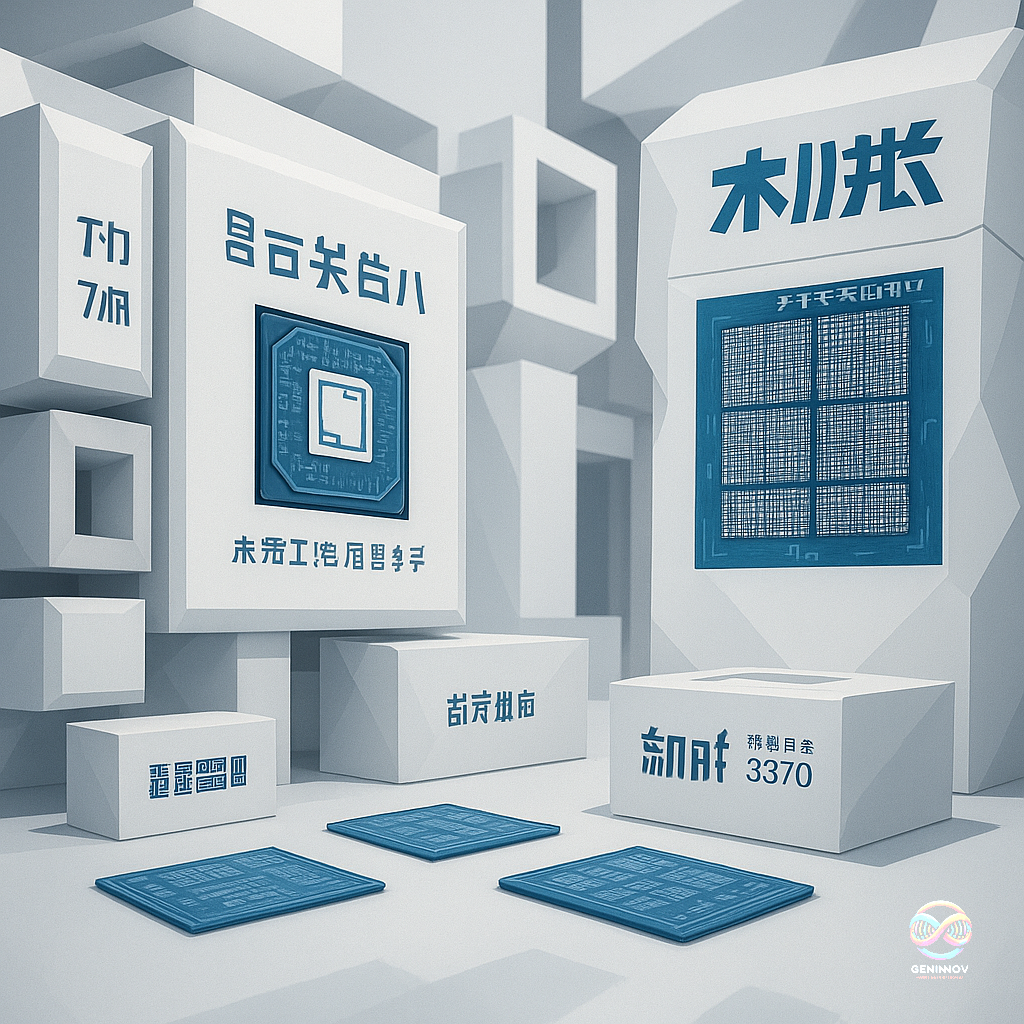AI-era success drivers for businesses are likely to be entirely different.

The pace of innovation in the AI era is breathtaking. New products and services are being launched at an unprecedented rate (my post at https://bit.ly/43hzHK6). https://bit.ly/437pKOF delves into the super-charged Moore's law at work, witnessing many costs of AI-generating tools falling 75-90% within a year. https://bit.ly/46cRGDh discussed deteriorating IP protection in the era of instantaneous copiability of code, increasingly forged by machines. To understand the extraordinary competitive fierceness, one only needs to look at dozens of image editing, video summarising, text editing, and similar apps that have sprung up in weeks.
The quintessential query for investors pertains to the foundations of sustainable, lucrative enterprises for the long run. Here are three thoughts:
a. Proprietary and continuous data flow: Past data, particularly in the public domain, is rapidly commoditized, as explored in bit.ly/43EsOCX. Enterprises amassing a substantial cache of fresh, exclusive data will find themselves equipped to outperform rivals using AI-driven tools.
b. Vertical integration: A handful of giants have embarked on leveraging and protecting their IPs by creating tools only for subsequent internal uses. Most US tech giants have begun designing AI-specific chips fine-tuned for their proprietary foundation models running on their own cloud infrastructure and applied in a range of sectors such as healthcare, finance, robotics within their ecosystem.
c. Last mile: Traditional assets that previously conferred competitive advantage – spanning efficient production facilities, robust distribution networks, brand recognition, and expansive customer bases, amongst others - have a higher significance. This will become increasingly prevalent as AI morphs from a business in its own right to a vital commercial instrument.
The influence of jurisdictional elements, although typically beyond most corporations' control, may prove to be significantly more decisive in this age.
A large number of sectors are about to witness a massive competitive overhaul. Early movers may enjoy some advantages, though these may not hold the same potency as in past eras of more gradual innovation. Companies that falter in formulating their AI strategies will invariably expose themselves to substantial business hazards. Implementing some of the strategies above will be imperative to realize substantial, profitable, and enduring business triumphs.



